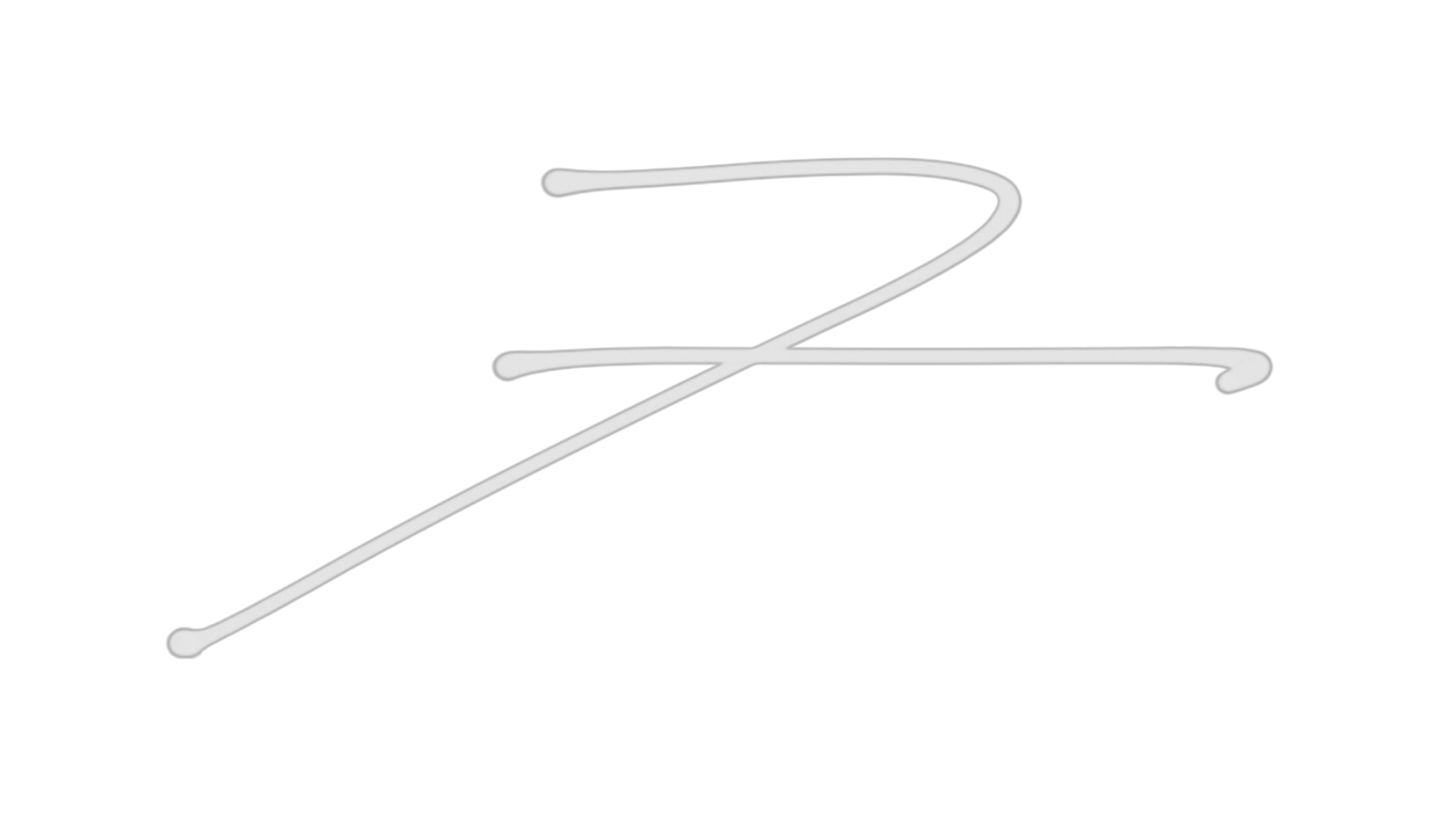The 4 Roles of a DAW: Writing, Recording, Editing & Mixing Songs

Digital audio workstations (or DAWs for short) are the software applications we use to manage the different phases of creating a song or album. They control every facet of our music production, from writing new songs to recording and editing the audio tracks until they’re ready to be mixed into a final stereo master. Building your own home recording setup can be difficult because there are so many different components, each with their own features and price points. And that’s before you even start thinking about operating them all efficiently and effectively. The good news is, thanks to the advent of affordable, user-friendly digital audio workstation programs like Ableton Live, FL Studio, and Logic Pro X, it’s easier than ever to get started producing great sounding tracks at home. And as you progress from hobbyist to professional studio artist, there’s plenty of scope for upgrading your DAW setup to something even more advanced.

Writing Songs with a DAW
The best place to start when learning how to use a DAW is with the basics such as programming digital drum beats or recording analog song demos. You will need a computer that meets the specifications of your preferred DAW and software in order to run it effectively. To start off, click on “New” in the top menu bar of your DAW (in Ableton Live this would be under File > New). If you are creating a drum beat you will start with a MIDI track and select a drum kit sound from the presets. Find the piano roll notes that play the kick drum, snare drum and hi-hat and program a simple drum loop by filling in the MIDI notes. If you are recording an analog song idea or demo you will need to create a new audio track (or 2) and then connect an audio interface and make sure the corresponding inputs and outputs are selected on the audio tracks.
Recording Audio with a DAW
The first phase of recording a song is simply getting your audio into the computer. Some of the best methods for capturing audio are using a USB microphone or an audio interface. Once you plug in your microphone or interface, you can start recording the track on your DAW. Depending on what kind of music you want to make, you could be recording vocals and instruments simultaneously. This will allow you to capture real-time performances as they happen so that it’s easier to fine-tune them later on in the process. Put the tracks into record ready, test your levels to make sure they don’t peak too much into the red and average about ¾ of the way up the green level indicators. Make sure the musicians or singers are comfortable and ready to perform before you hit “record”.

Editing Audio with a DAW
The most common editing tasks in a DAW are copying, pasting, cutting and trimming audio, removing unwanted noise or clicks, and adjusting the tuning of individual instruments. To be able to edit audio with a DAW effectively you need to learn the basics of how it all works. Keep everything well-documented during the recording process so you know what might need to be fixed during editing. Start by composting the best takes together, then fix any timing issues before you move on to using tuning software like Auto-Tune or Melodyne to fix small mistakes or fine tune the whole track. Polyphonic instruments and chords are nearly impossible to fix with tuning software and the best way to fix them is to make sure you have enough raw takes and performances to choose from.

Mixing Songs with a DAW
Mixing audio is a key part of the production process where you balance the volume levels and process each track with EQ, dynamics, and spatial effects. When you have a lot of tracks to work with, you might find that your mix sounds good in one area but sounds terrible in another. If you have a song with two vocals and one instrument playing the same melody line, you can use effects like compression and panning to create an effect where one voice sounds like it’s coming from behind your head or close by while the other sounds like it’s coming from miles away. By moving tracks into their own dimension and space you can hear everything. Subtractive EQ can help you carve out frequencies that are causing a muddy lack of clarity in certain areas of the sound spectrum. Writing volume automation will help you fine tune the volume levels of each track so you can always hear what’s happening.
BONUS: Mastering Songs with a DAW
Mastering your songs is the final process after mixing and before your songs are uploaded to free music platforms like Soundcloud and YouTube, or sent via a digital distributors to platforms like Spotify, Apple Music, and Tidal. Mastering is the subtle final EQ and compression that makes your songs sound loud and clear in every listening environment from headphones to speakers to car stereos. There are lots of specialized mastering plugins but you can get away with using your DAWs stock EQ, compressor and limiter if your want to save money and do it yourself. Try this free plugin (youlean loudness meter) to help you find the output level that streaming services use. I would recommend that you get someone else to do your music mastering until you know what you're doing.

Futch - Music Production Coach, Ableton Certified Trainer





